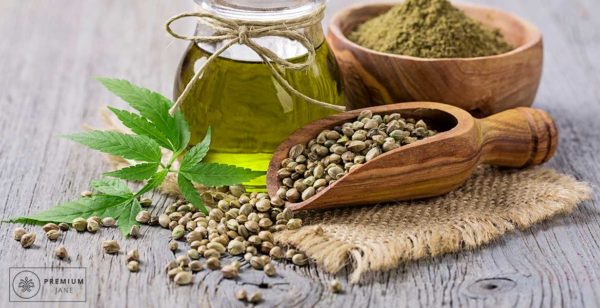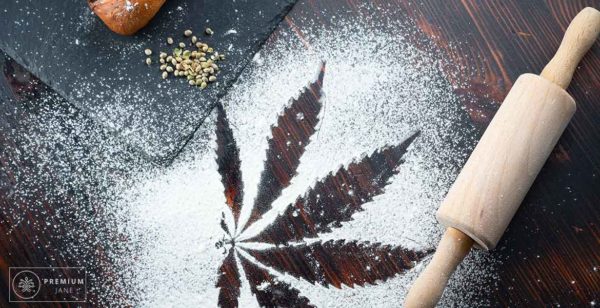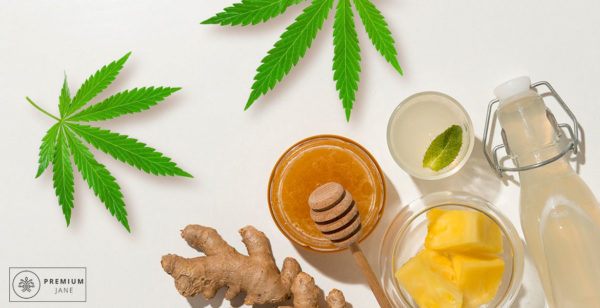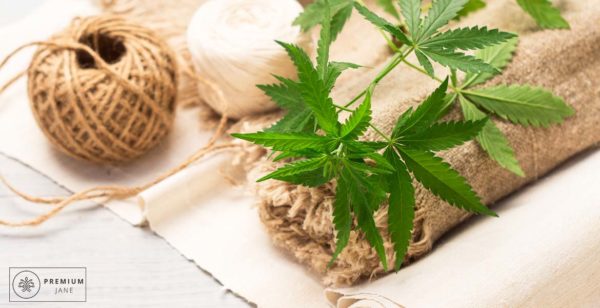Hemp Farming in Australia: Examining Australia’s Practices
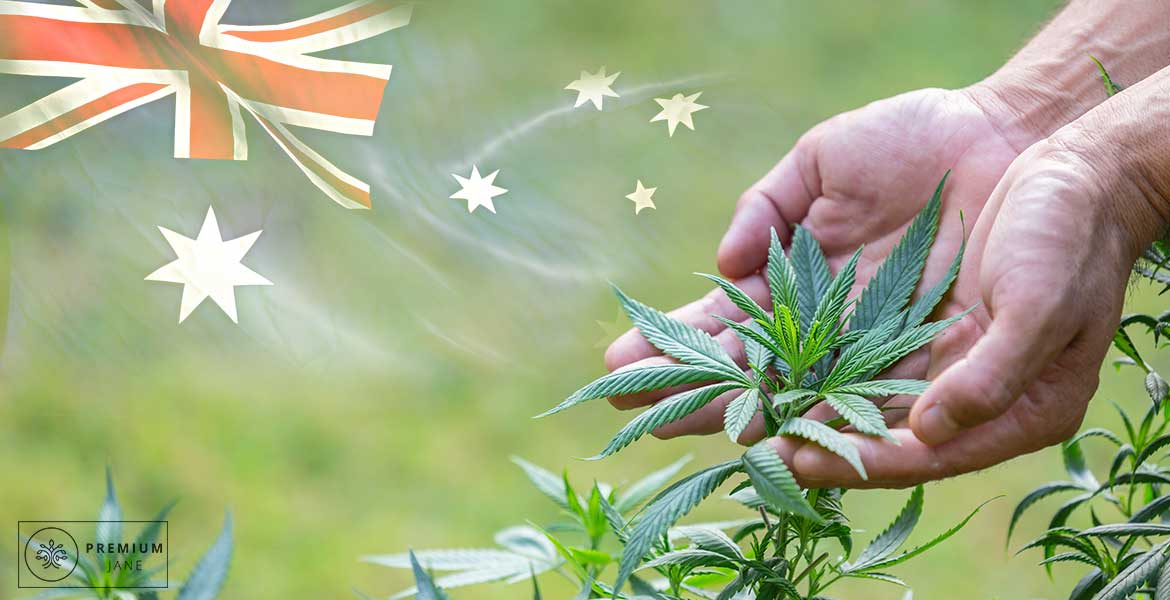
Australia’s hemp industry is flourishing, with farmers, consumers, and retailers all chasing its potential. From fibre and food to building materials and oils, you will soon see hemp in more aspects of your life than ever before. In 2017, Australia approved the legislation of hemp-based foods for human consumption, and since then, hemp farming in Australia has become a hot topic.
This legislation was regarded as a landmark decision for the emerging industry. Australia was one of the last countries in the western world to remove a classification that prohibited all hemp and hemp-related species from being added to food, overturning a ban dating back to 1937. Now, the possibilities for the hemp industry are endless.
Additionally, in 2020, Australia announced a plan to have low-dose hemp products rescheduled, meaning Australian consumers will be able to legally purchase hemp items over-the-counter. This movement represents a whole new growth opportunity for Australian hemp growers.
Australian Hemp Farm: Where and How Is Hemp Grown?
Hemp is now grown in every Australian state as an irrigated crop. It grows best in mild, tropical, and subtropical climates, in temperatures between 15-27°C. The crop is primarily grown in the summer months.
According to Agrifutures Australia, hemp can be grown in a wide variety of soil types but does best in fertile, neutral to slightly alkaline, well-drained clay loam or silt loam soils. Due to the quick growth rates of the hemp crop, adeqaute moisture and nutrient holding capacity are important. Hemp is extremely sensitive to wet, waterlogged, and flooded soil, so poorly drained soil should be avoided. The crop is also very sensitive to soil compaction.
Harvesting of hemp for fibre takes place as soon as the last pollen is shed, but before seed sets. This is usually about 70 -90 days after planting. Harvesting for seed takes place 4-6 weeks after fibre harvest, when between 60 – 70% of the seed has ripened. Usually, harvesting begins as soon as there are hints that birds are stripping seeds off the plant.
Hemp can be sown between October and April at any time the soil is not saturated. For hemp that is grown for fibre, it’s important to maximise plant production. Hemp grown for seed, on the other hand, is best sown later in the year in order to minimise stalk height. Plant density is also important, as it influences the fibre content and proportion of stem in the crop.
Industrial Hemp Farming: History of the Hemp Industry
Industrial hemp is harvested for either seed or fibre, but generally not both. In Australia, hemp has historically been grown for industrial use and clothing due to the strong fibre that can be harvested from its stem.
However, for food production, it’s hemp seed that is gold. This is shelled and either eaten or made into hemp powder or hemp oil. Today, there is an increasing range of quality hemp products in Australian shelves including our complete range of hemp oils, tinctures, gummies, and capsules here at Premium Jane.
To be considered a food ingredient, hemp seed must contain less than 0.5% of the intoxicating compound THC. Industrial hemp naturally contains low levels of this compound, but growing industrial hemp in Australia still requires regular monitoring.
In terms of best cultivation practices, industrial hemp requires a very small amount of water compared to other crops. It is also more naturally resistant to pests and grows in tight formations. Featuring a deep root system, hemp is a bioaccumulator, meaning it thrives at drawing nutrients from deep underground. This helps to improve the fertility of the soil for rotational crops planted, once the hemp season is over. Hemp is also one of the few crops that excels in barren environments, making it an ideal match for most Australian climates.
Hemp Farms Australia: Regulations and Requirements
Industrial hemp with low levels of THC can be grown in Australia under a state government’s license. According to legislation, the THC limit for hemp is 0.35% in Western Australia, Victoria, and Tasmania. In Queensland, New South Wales, and South Australia, the legal limit is 1%.
Hemp farming is subject to strict monitoring protocols to deter medicinal and recreational growth. Farms applying for a state license to grow hemp in Australia must have the growing location approved by the state government; moreover, growers need to agree to regular inspections and monitoring by state government inspectors. The Australia Border Force conducts regular testing on hemp shipments coming into the country in order to ensure that no illegal substances are imported inadvertently.
Despite the progress that’s been made on hemp farming in Australia, the industry still faces several challenges. Compared to crops like wheat and cotton, for example, there has been very little industry support for the research and marketing of hemp.
Industrial Hemp Processing: Risks and Challenges
With a growing demand internationally for natural fibers that do not contain many chemicals, industrial hemp could become a significant industry for Australian growers. However, much like in the United States, processing hemp in Australia has been hampered to some extent by discrepancies between state and federal regulations. The approach of policymakers and public opinion has not been wholly sympathetic, due to the ongoing association between hemp and cannabis.
Awareness on the part of both potential consumers and political entities of the benefits of hemp, whether as a cosmetic product, foodstuff, or as a manufacturing substance, remains low. Farmers have found that the lack of support, which is linked to a lack of education in hemp production, extends to law enforcement bodies.
Research and development into the production of hemp are similarly hindered by the fluctuating legal status of the plant. In addition to a lack of cohesive funding support for research undertakings, scientists can encounter difficulty actually sourcing hemp materials for trials and evidence gathering within Australia.
What Does This All Mean for the Future of Industrial Hemp Farming in Australia?
Additionally, the accelerating expansion of Australia’s hemp industry also puts increasing pressure on the country’s limited water resources. While hemp has been commended for its comparative sustainability, and although it remains substantially more water-efficient than, for instance, cotton, large-scale cultivation facilities require between three and six mega-litres of water per hectare for irrigation.
Nevertheless, the potential of growing industrial hemp in Australia in terms of commerce, sustainability, and global farming practice is promising. Thanks to the legalisation of hemp-based food products in 2017, production, manufacturing, and sales of hemp products in Australia have been steadily on the rise, and this is a trend that experts continue will grow in the coming years.

